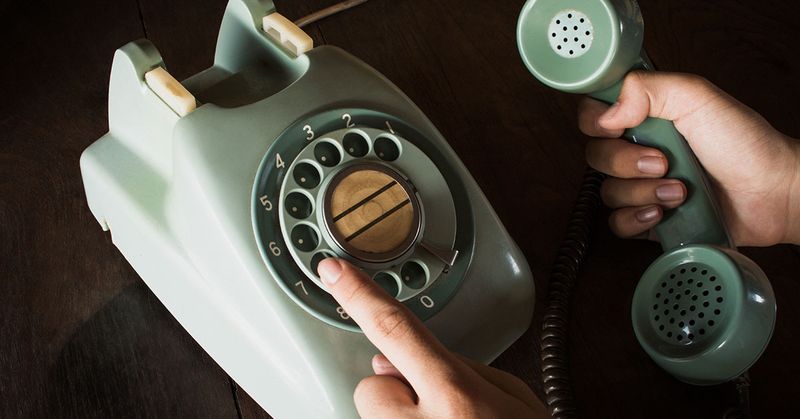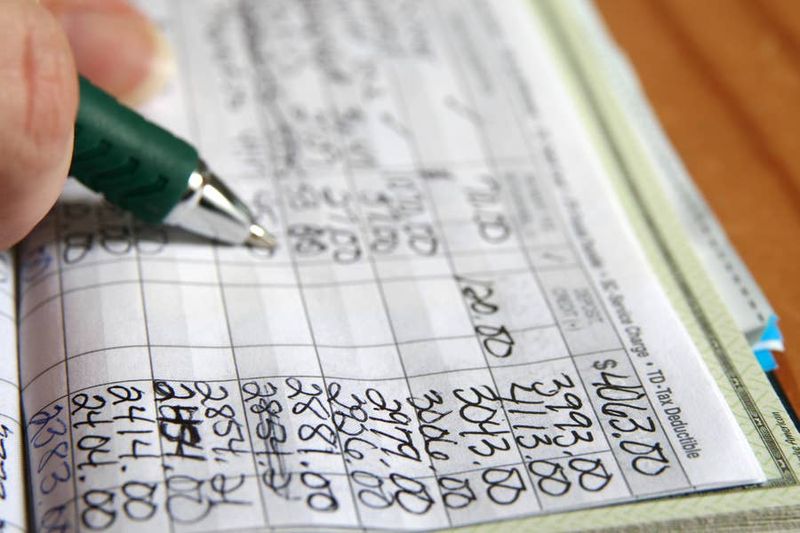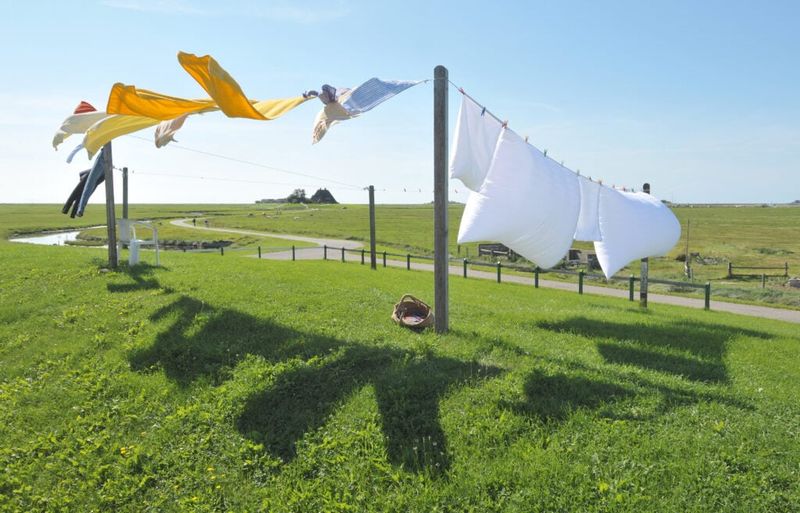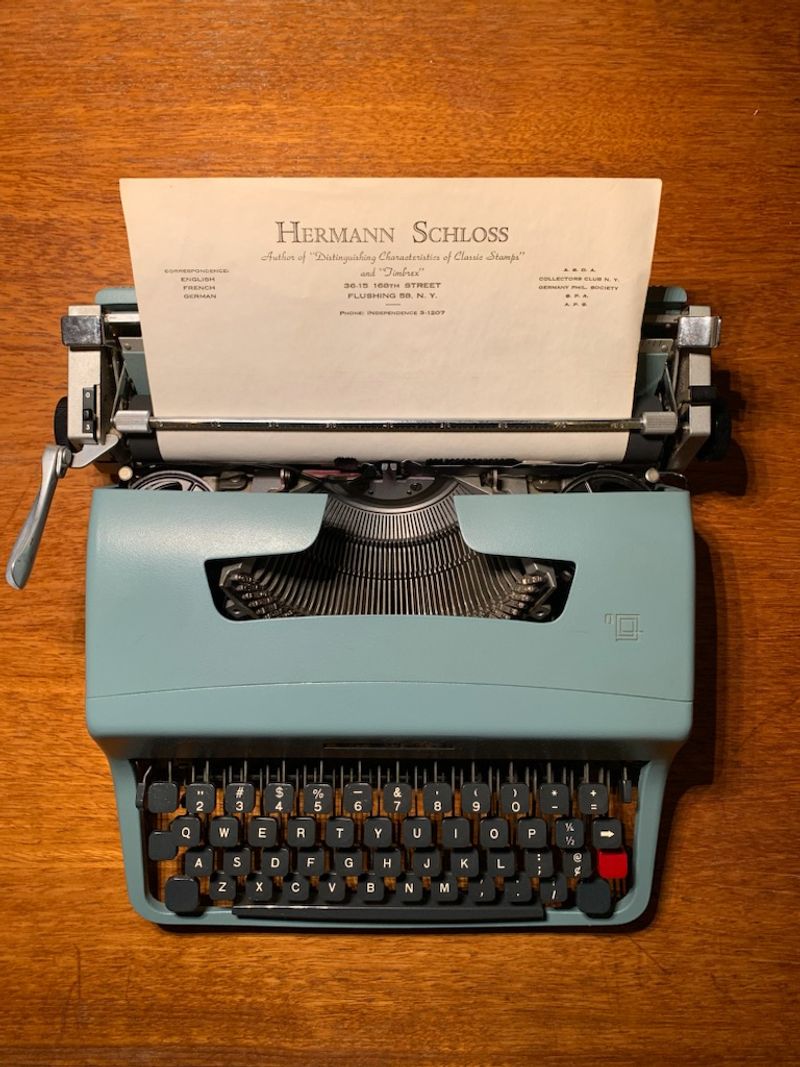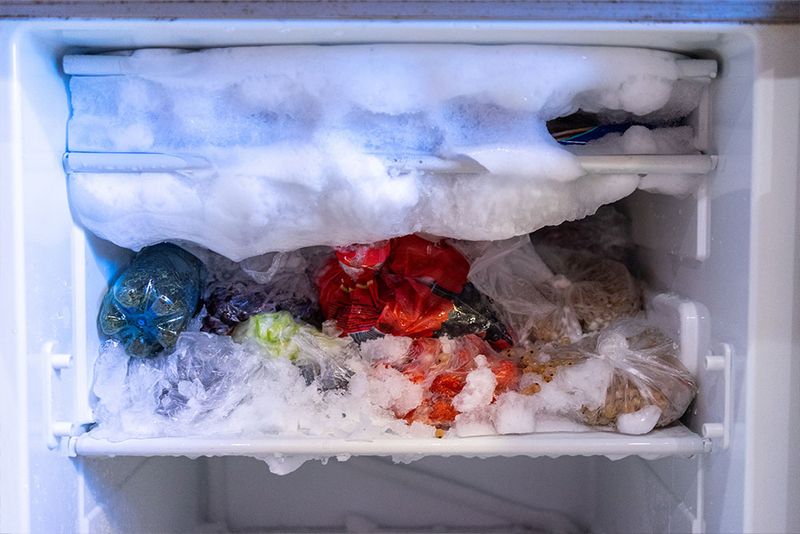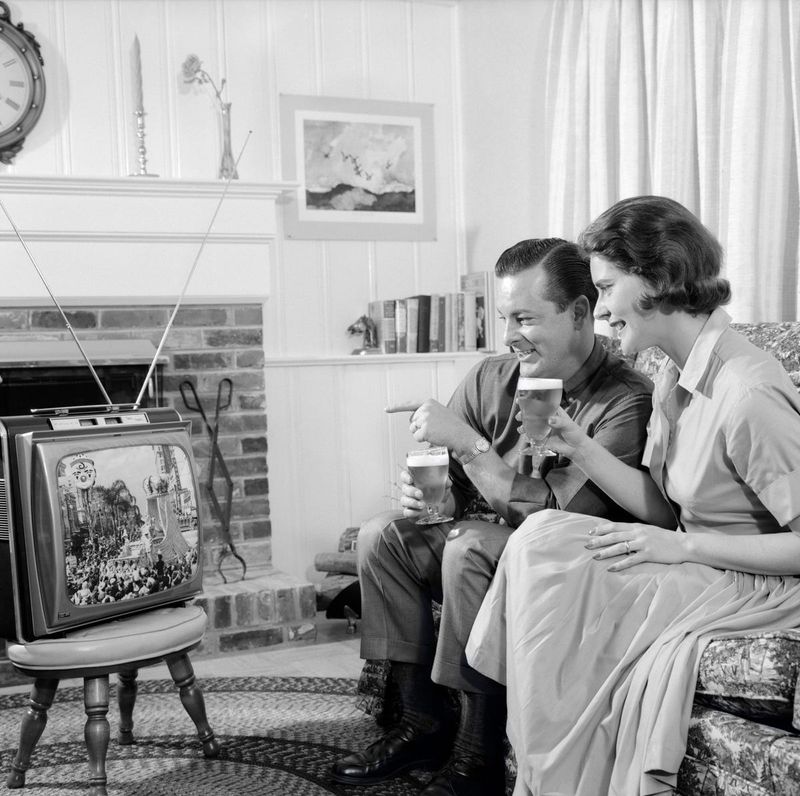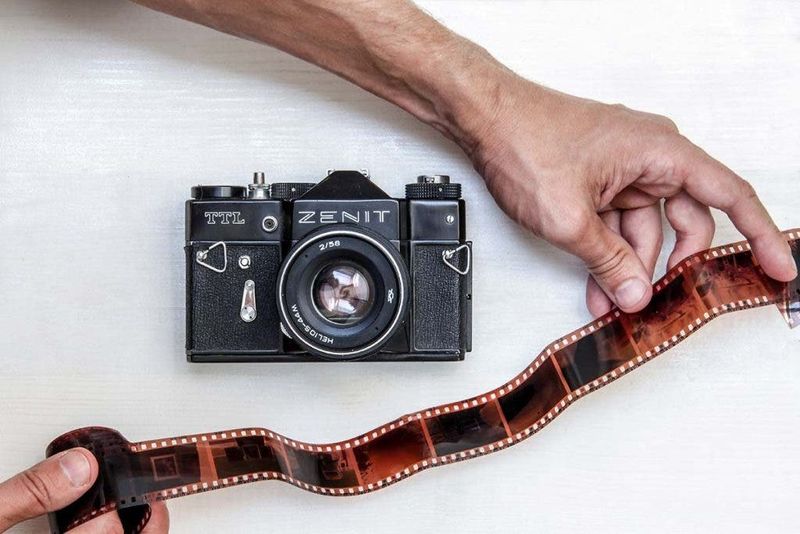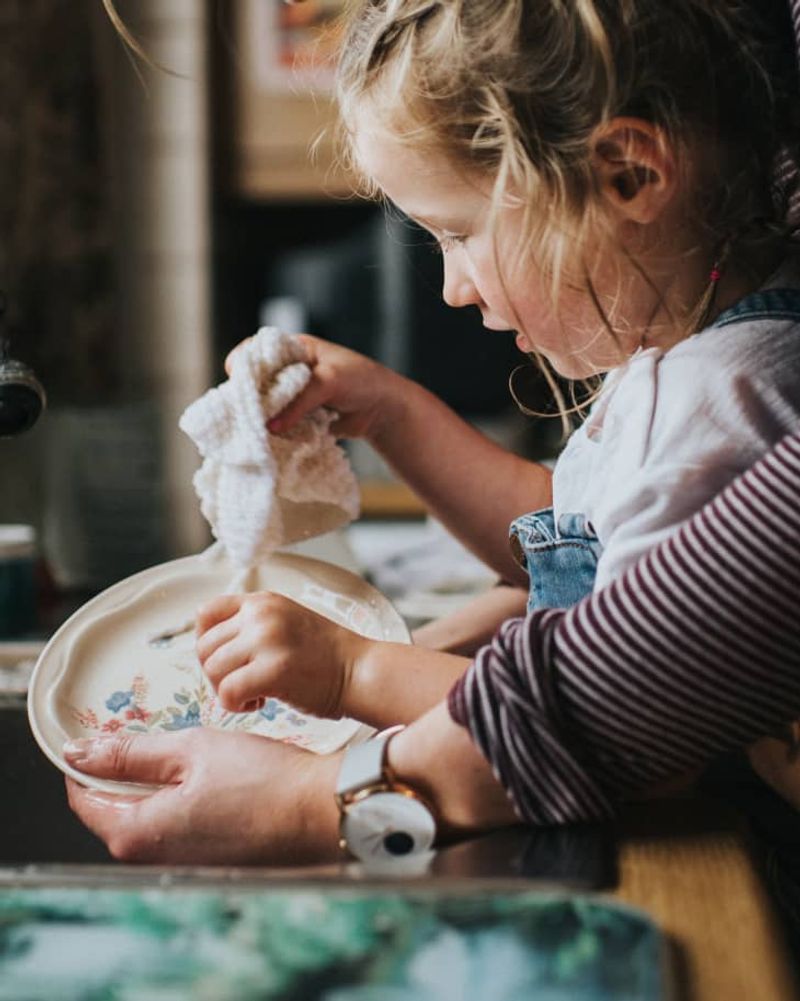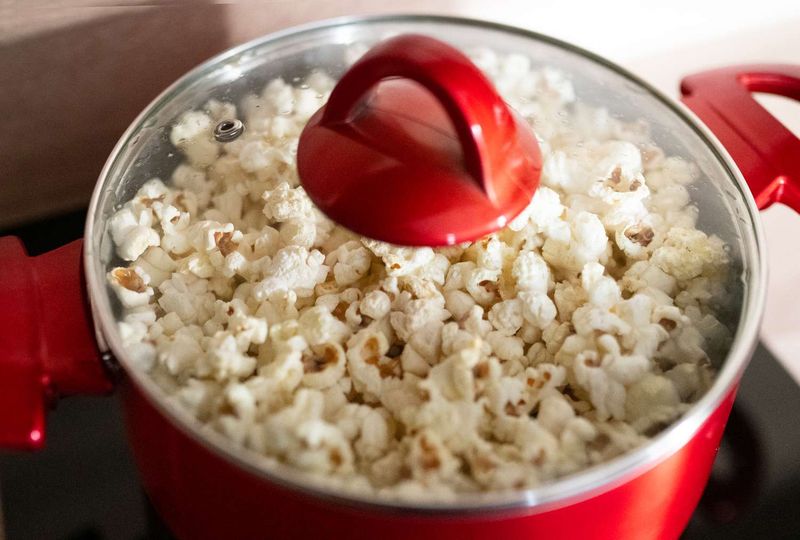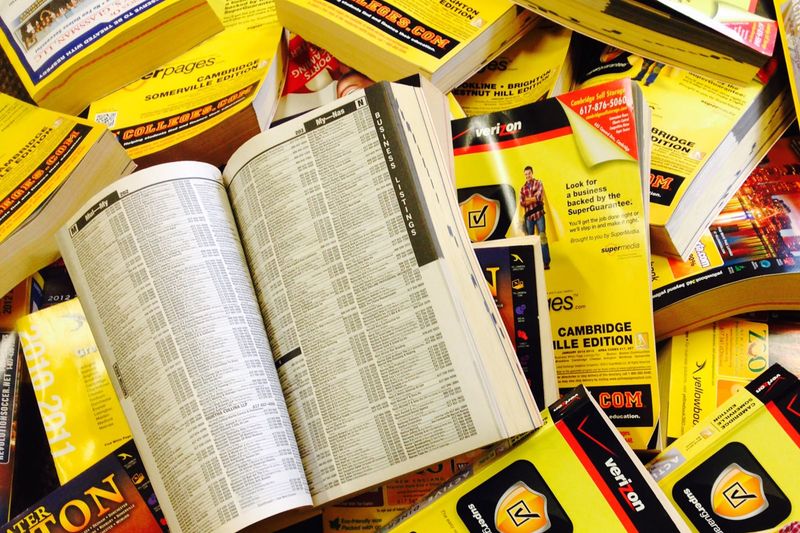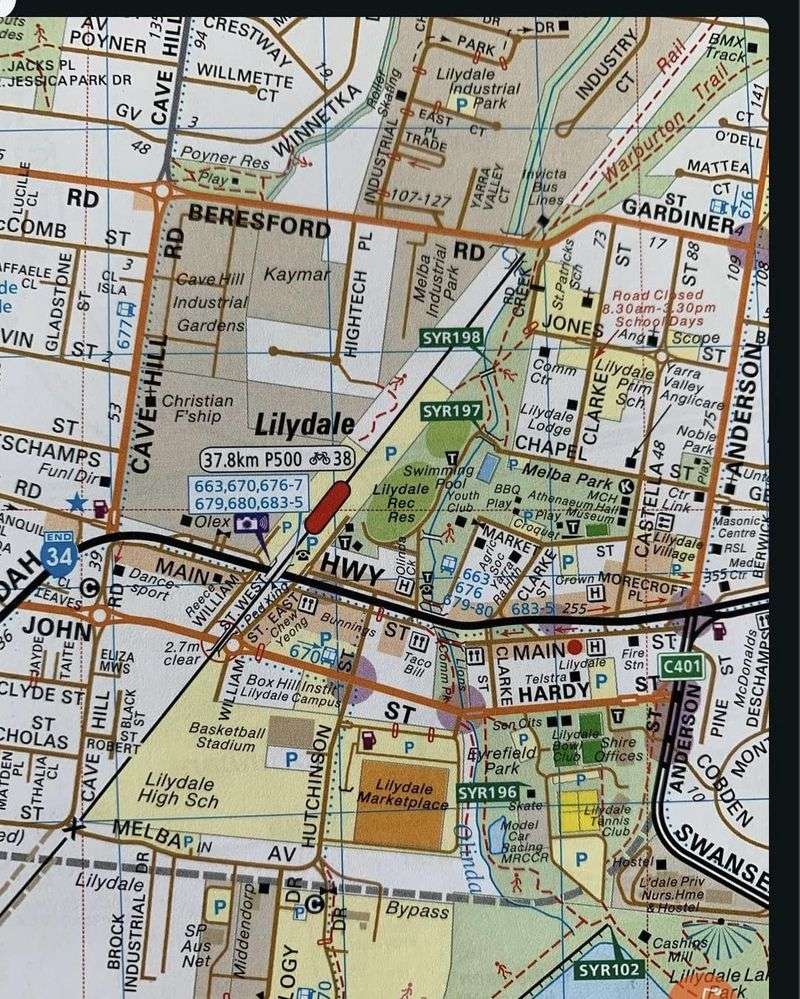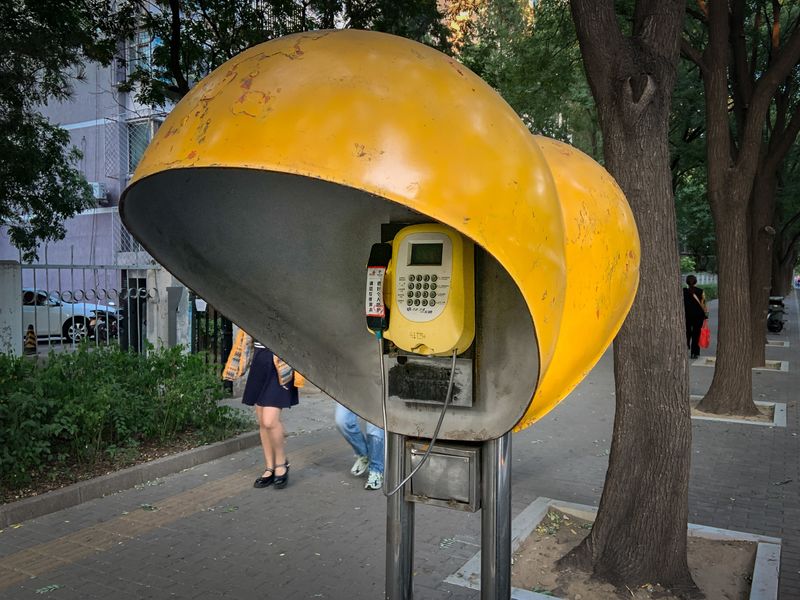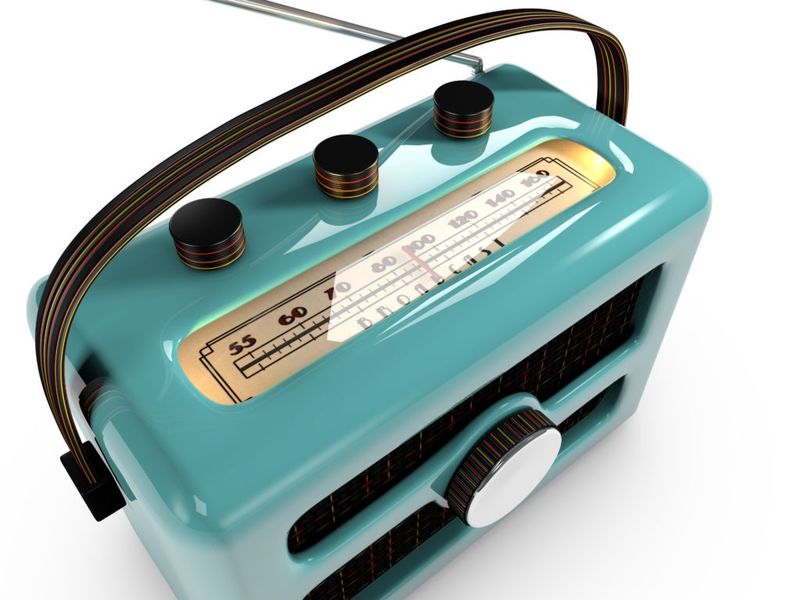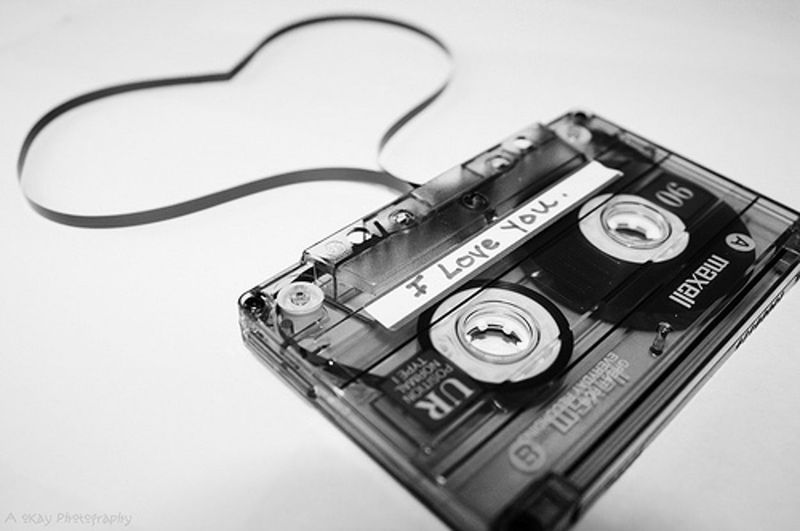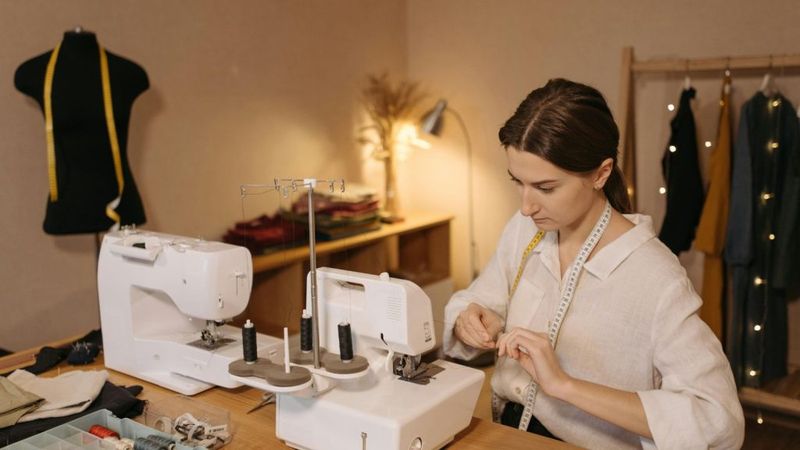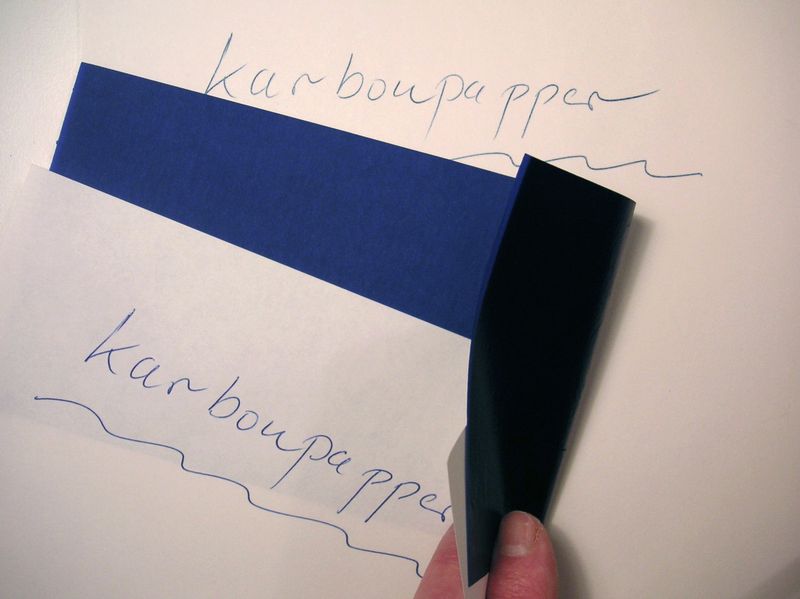Explore the everyday habits and practices that defined a generation, yet have largely vanished from modern life.
1. Using a Rotary Phone
Remember the satisfying click of each number as you dialed a friend on the heavy rotary phone? Back then, patience was a virtue as each number required deliberate precision. Missteps meant starting over, a task that tested even the calmest individuals.
These phones were often the centerpiece of the living room, a testament to their importance. With no caller ID, every call was a surprise, and answering was always an adventure.
The rotary phone era taught us to embrace the unknown, a thrilling experience lost in today’s digital age.
2. Writing Checks for Every Purchase
In a time before digital wallets, writing checks was a routine affair at the checkout line. The rhythmic scribble of pen on paper marked every transaction, from groceries to gas. Each check was a promise, a physical token of trust between buyer and seller.
While cumbersome, this method required a level of financial mindfulness that’s rare today. Shoppers were always aware of their bank balance, lest they face an embarrassing bounced check.
This practice fostered accountability, a lesson that echoes even in our modern, cashless society.
3. Balancing a Checkbook
Before the era of digital banking, balancing a checkbook was a crucial skill. It involved meticulously tracking expenses to ensure the numbers lined up. This practice taught discipline, as each purchase had to be recorded and calculated with care.
The checkbook was a financial lifeline, a tangible record of one’s spending. It wasn’t just about numbers; it was about responsibility.
For many, balancing a checkbook was a monthly ritual, a moment of reflection on one’s financial habits—a practice that today feels as antique as the checkbook itself.
4. Hanging Clothes on a Clothesline
There’s nothing like the fresh, crisp scent of sun-dried laundry. Hanging clothes on a clothesline was an art form, with each garment pegged and spaced just right. This chore turned into a communal activity, often accompanied by friendly chats with neighbors.
Beyond practicality, it was an environmentally friendly practice long before it became trendy. The sun and wind did the work, reducing energy consumption.
Today, this simple act is a nostalgic memory, a reminder of a time when life moved at a slower, more sustainable pace.
5. Ironing Everything
Ironing was more than a chore—it was a ritual. From trousers to tablecloths, nothing escaped the steamy embrace of the iron. The satisfying hiss of steam and the smooth glide over fabric brought a sense of accomplishment.
In those days, presentation mattered. Crisp, wrinkle-free clothes were a mark of respectability and discipline. Ironing wasn’t just about appearance; it was about dedication to detail.
Although modern fabrics and fashions have reduced the need, the memory of freshly pressed outfits lingers as a symbol of care and meticulousness.
6. Typing on a Manual Typewriter
The clatter of keys, the ding of the carriage return, and the tactile feedback of a manual typewriter defined an era of writing. Each keystroke was deliberate, requiring strength and precision. Typos weren’t just mistakes; they were lessons in patience.
Writers developed a rhythm, a dance of fingers over keys that told stories and conveyed ideas. The typewriter demanded focus—no distractions, no backspace.
In today’s digital world, that singular concentration feels magical, a testament to the enduring power of words crafted with care.
7. Rewinding VHS Tapes
“Be kind, rewind” was the mantra of every VHS renter. Rewinding tapes was a courtesy, an unspoken rule among movie lovers. The whir of the VCR rewinding mechanism was a familiar soundtrack to evenings spent in front of the TV.
This simple act taught a lesson in courtesy and shared responsibility. It was a small gesture that ensured the next viewer could dive straight into their movie without delay.
In the age of streaming, this communal consideration feels both quaint and endearing, a relic of a time when sharing was paramount.
8. Defrosting the Freezer Manually
Defrosting the freezer was an annual battle against the encroaching ice. Armed with hot water and determination, people chipped away at the frost buildup. It was a task that required patience and, sometimes, a little creativity.
This chore was a reminder of the physical effort once necessary to maintain household appliances. In an age of frost-free technology, manually defrosting a freezer seems archaic.
Yet, it offers a glimpse into a time when household maintenance was hands-on and every task was a shared family duty.
9. Using a TV Antenna (and Adjusting It Constantly)
Getting a clear TV picture was an adventure in itself, often involving a dance with the antennas. Known affectionately as “rabbit ears,” these antennas were the key to unlocking the evening’s entertainment.
The struggle for reception was a shared family experience, with someone holding the antenna just right while others shouted in approval or dismay. It was a unique bonding moment, teaching adaptability and ingenuity.
With today’s digital clarity, these moments of teamwork and problem-solving are cherished memories of a past technology.
10. Waiting for Film to Be Developed
Capturing memories on film was only half the journey; the other half was waiting for the images to come to life. Dropping off film at the drugstore and waiting days for the prints created anticipation unlike any digital instant gratification.
This process added value to each photograph. Moments were captured with care, knowing they couldn’t be reviewed or retaken instantly.
The excitement of opening the envelope of developed photos was unparalleled—a tactile, suspenseful reminder of patience and appreciation for the captured moment.
11. Hand-Washing Dishes
Before dishwashers became household staples, washing dishes by hand was a daily ritual. There was something meditative about the warm water and suds, turning a chore into a moment of reflection.
This task often brought families together, with one washing and another drying, sparking conversation and laughter. It wasn’t just about cleanliness; it was about connection.
Though modern conveniences have simplified the process, the communal spirit of hand-washing dishes remains a fond memory of togetherness and shared responsibility.
12. Making Popcorn on the Stove
Movie nights were incomplete without the soundtrack of popping kernels on the stove. Making popcorn was a hands-on experience that filled the kitchen with a tantalizing aroma. It required patience and the perfect timing to avoid burnt kernels.
The process was an art, turning a simple snack into a flavorful experience. Each batch carried the potential for a unique flavor experiment, from butter to spices.
With the advent of microwave popcorn, the tactile and aromatic delight of stovetop popping is a cherished culinary memory.
13. Memorizing Phone Numbers
In an age before speed dial and smartphones, memorizing phone numbers was a mental feat. Key numbers were etched into memory, a testament to the brain’s ability to retain essential information.
Remembering numbers fostered connection, each sequence tied to a friend or loved one. It was a skill that demonstrated care and commitment, taking the time to remember rather than rely on technology.
Today, memorizing numbers feels almost archaic, a bygone practice that highlights the reliance on digital conveniences.
14. Using a Road Atlas
Long journeys once began with the unfurling of a large, unwieldy road atlas. These maps were treasured guides, charting courses over unfamiliar terrain. Navigating wasn’t just a task; it was an adventure, with every turn carefully planned.
Arguments over directions were part of the journey, adding stories to the travel log. Today, GPS has replaced the atlas, offering convenience but losing the tactile engagement of a paper map.
The road atlas era was a time of exploration and teamwork, a legacy of discovery and shared experiences.
15. Writing Letters by Hand
In the days before email, handwritten letters were the threads that connected distant hearts. Each stroke of the pen carried emotion, transforming paper into a canvas of thought and feeling. The anticipation of a reply added another layer of excitement.
Receiving a letter was a tactile joy, the weight of the envelope hinting at the words inside.
This practice taught patience and the art of communication, now largely replaced by the instant speed of digital messages. Handwriting letters remains a symbol of personal touch and intentionality.
16. Using Payphones
Payphones were a lifeline, standing tall on street corners and bustling stations. Each call required coins and courage, hoping no one else was waiting impatiently behind. These phones were the connection to the outside world, offering anonymity and privacy.
They taught resourcefulness, searching for spare change and memorizing numbers. With the ubiquity of mobile phones, payphones have largely disappeared, leaving behind stories of spontaneous conversations and the thrill of connecting from unexpected locations.
17. Reading the Newspaper Every Morning
Every morning began with the rustle of newsprint, as the daily paper delivered everything from world events to local happenings. It was a ritual that connected individuals to the broader world, one page at a time.
The newspaper was more than information; it was a companion over breakfast, sparking conversations and debates. Today, news is consumed in digital bites, losing the leisurely engagement that print once offered.
The morning paper remains a nostalgic reminder of a time when news was savored, not just skimmed.
18. Listening to the Radio for School Closures
Snowy mornings were filled with anticipation, ears glued to the radio for the coveted school closure announcement. The crackling voice on the airwaves was the final authority, determining the day’s fate.
This ritual brought communities together in shared excitement and relief. Today, apps and emails deliver the news instantly, but the thrill of waiting by the radio is a cherished childhood memory.
It was a time of collective suspense and joy, a reminder of simpler days when patience was rewarded with unexpected holidays.
19. Canning Fruits and Vegetables
Canning was a labor of love, preserving the bounty of the harvest for the colder months. Kitchens transformed into arenas of activity, with jars clinking and pots bubbling.
This age-old practice was about self-sufficiency, a way to enjoy nature’s gifts year-round. It fostered a connection to the land and the seasons, a rhythm often lost in modern convenience.
While canning has seen a revival as a trendy hobby, for boomers, it was a necessary skill, a testament to resilience and resourcefulness.
20. Making Mix Tapes
Crafting the perfect mix tape was an art form, a musical narrative woven track by track. It was a personal statement, a curated selection of songs that expressed emotions words couldn’t capture.
Recording from the radio required timing and patience, waiting for the DJ to play the right song. Mix tapes were gifts, tokens of affection shared among friends and lovers.
With today’s digital playlists, the tactile joy of mix tapes is a nostalgic memory, a reminder of a time when music was a heartfelt expression.
21. Sewing or Mending Clothes
Sewing wasn’t just a hobby; it was a necessary skill. Patching holes and sewing buttons extended the life of clothes, blending creativity with thriftiness. Families gathered around the sewing machine, turning mending into moments of togetherness.
This practice embodied a culture of repair, valuing quality over disposability. Though fast fashion dominates today, sewing remains a symbol of sustainability, echoing a time when every stitch was a commitment to craftsmanship and care.
22. Changing the TV Channel by Hand
Before remotes, changing the TV channel was a hands-on experience. It often fell to the youngest family member to hop up and twist the dial, a task that sometimes involved a bit of negotiation with the rest of the household.
This physical interaction with the TV was part of the viewing experience, a small yet significant ritual.
While remote controls have simplified this task, the memory of manual channel surfing evokes a time when family dynamics played out over the evening’s entertainment choices.
23. Using Carbon Paper
Carbon paper was the precursor to photocopiers, a simple yet ingenious solution for making duplicates. It was a tool of precision, requiring careful alignment to avoid smudges.
The distinctive blue tint and the slight messiness it left behind were part of its charm. Using carbon paper taught attention to detail and offered a tactile connection to the act of duplication.
In today’s digital world, its analog simplicity offers a glimpse into the creativity required in pre-digital offices.
24. Heating Food on the Stove, Not the Microwave
Before microwaves became ubiquitous, reheating food was a slow, deliberate process. The stove was the heart of the kitchen, where meals were warmed with care and attention.
This method infused food with flavors, a stark contrast to the quick fix of microwaving. It was a moment to pause and engage with the cooking process.
Today, the speed of microwaves has overshadowed the subtlety of stove reheating, but the memory of savoring slowly warmed meals lingers in the mind.
25. Shopping from a Catalog
Sears, JCPenney, and Montgomery Ward catalogs were the original online shopping platforms, thick volumes filled with possibilities. Flipping through pages of curated products was an event, sparking imagination and desire.
Ordering required patience—calling in or mailing an order form, then waiting weeks for delivery. This process made each purchase deliberate and thoughtful.
Today’s instant gratification shopping lacks the anticipation and joy of catalog browsing, a cherished ritual of imagining possibilities and patiently awaiting their arrival.

